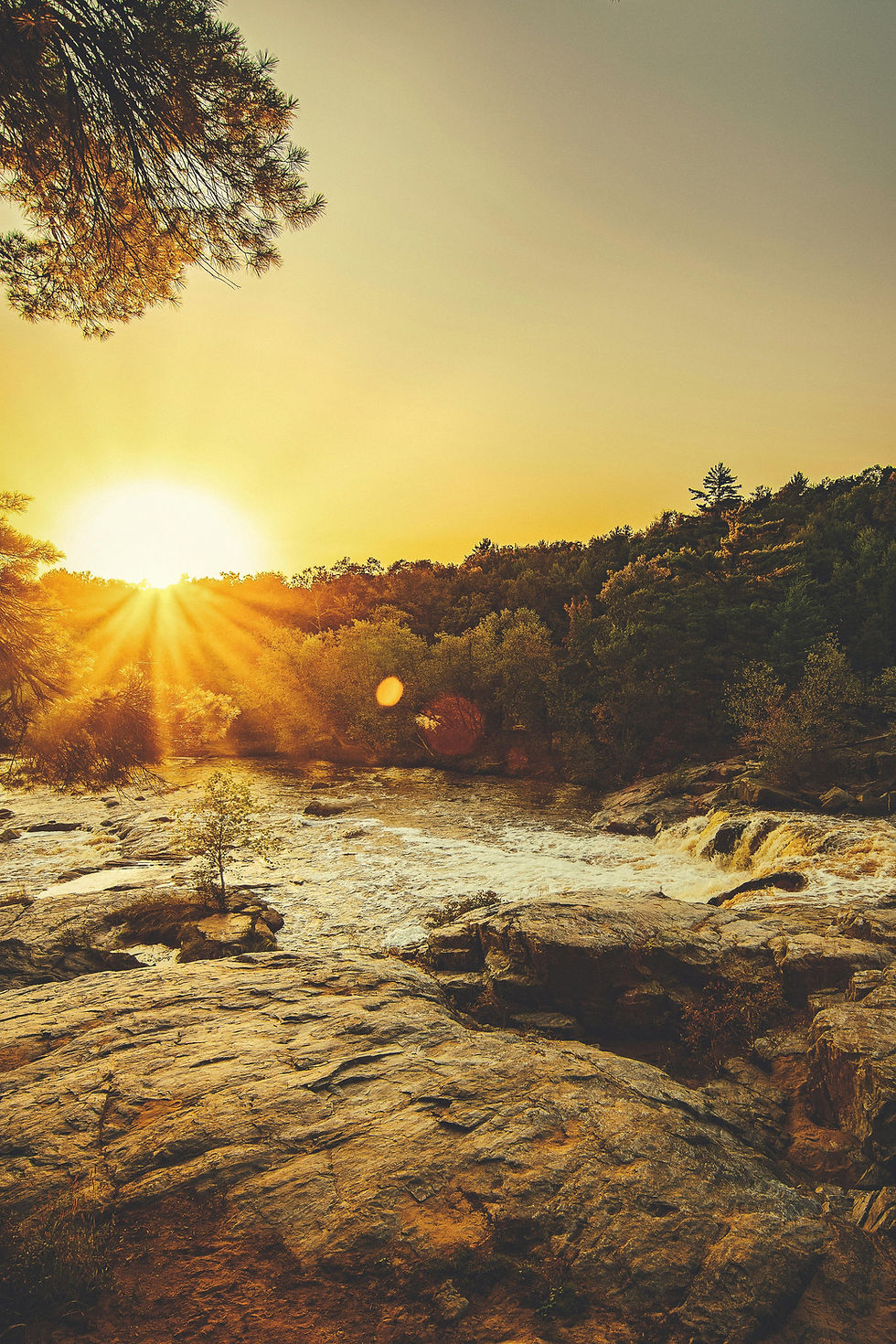The many ways of defining a forest
- Joanna Arai

- Jan 9, 2021
- 3 min read
What is a forest? It might not be as easy to answer as you may think.
#definitions #forest #rabbit-hole
What is a forest?
Most of us, including myself, may think of forests as simply big areas with lots of trees, and to a certain degree, we are correct. However, forests are so much more than that. They can be compared to networks or even communities with a multitude of organisms - plants, animals, fungi, lichens, and bacteria - all united, interdependent, and interconnected.
Approximately 30% of the global land area belongs to these communities, and 80% of the world’s species live there.
We, at weMORI, want to invite you to join us on a journey exploring forests - their diversity, functions, importance, beauty, and so much more.
Soon after setting up to write this piece, I realized I didn’t know how to describe a forest. So I went on a “quick” search, which within a few clicks was meant to provide me with a clear and concise definition. Imagine my disbelief when after roughly 2 hours, I still didn’t have the answer to my question (and no, it wasn’t because I got sucked up in watching kitten videos).

PHOTO: Long Lake and the forest, Sweden. Source: Wikimedia Commons.
There are Over 800 Definitions of a ‘Forest’
When doing research, I’ve learned the best strategy is to confirm the information on multiple pages, to make sure that it’s accurate. That’s where my quick search turned out to be deemed for failure. There is no universal definition of what constitutes a forest - that was my initial finding. Interesting, I thought. Let’s dig deeper! What came next was a massive surprise.
There are more than 800 definitions around the world!
Wait..., what? EIGHT HUNDRED?!
How is it even possible??
(this is when I felt I’m being dragged by some evil rabbit deep down into the rabbit hole)
However, there are broad criteria that have been adopted in order to measure forest cover in the world. One was developed by The Food and Agriculture Organization of the United Nations (FAO). “Forest is a land area of more than 0.5 ha with a tree canopy cover of more than 10%, which is not primarily under agricultural or other specific non-forest land use.”
Digging even deeper, I entered a proverbial rabbit hole. I found myself almost lost in the web of names and definitions of forests around the globe. For instance, primary forests are also called primeval, ancient, old-growth, virgin, mature, relict, frontier, pristine, authentic, native, wild, and more. While they may be broadly referring to the same type of area, there are often quite significant differences in what, for example, makes a primeval forest and what makes a native one.
Now, if we add to the equation the complexity of country-specific definitions and different languages, the rabbit hole gets deeper and harder to navigate. It’s perfectly depicted in the picture below (Northern-Mediterranean ancient forest names variability among the countries).

PHOTO: Mansourian, S., Rossi, M., & Vallauri, D. (2003) Ancient Forests in the Northern Mediterranean Neglected High Conservation Value Areas. Marseille: WWF France.
It’s truly a jungle of terms and definitions. Luckily, I managed to find my way out, and this article is a result of my unexpectedly adventurous expedition. The next one will take you on a journey to discover types of forests while looking at them from two different angles. Stay tuned!
Sources:
- WWF. Forest Habitat Overview. Retrieved from https://www.worldwildlife.org/habitats/forest-habitat
- United Nations Environment Program (2010, January 27). Forest definition and extent. Retrieved from
- Convention on Biological Diversity (2006, November 30). Definitions. Retrieved from https://www.cbd.int/forest/definitions.shtml
- Mansourian, S., Rossi, M., & Vallauri, D. (2003) Ancient Forests in the Northern Mediterranean Neglected High Conservation Value Areas. Marseille: WWF France. Retrieved from https://www.researchgate.net/profile/Daniel_Vallauri/publication/270647800_Ancient_Forests_in_the_Northern_Mediterranean_Neglected_High_Conservation_Value_Areas/links/54b1ab510cf28ebe92e18f85/Ancient-Forests-in-the-Northern-Mediterranean-Neglected-High-Conservation-Value-Areas.pdf



Comments